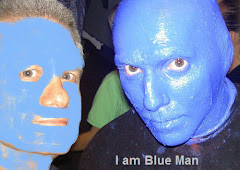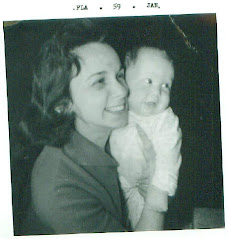Statia plays an important role in the history of Dutch-American relations. On November 16th, Dutch-American Heritage Day, 8 million Americans of Dutch descent celebrate their heritage and the contributions they and their ancestors have made to the economic, social, political, and cultural life of the United States.
The Dutch began relations with America in 1609, when Captain Henry Hudson of the Dutch East India Company sailed up the present-day Hudson River looking for a shorter route to Asia. Although Hudson did not find his route, Dutch traders began to exploit the riches of this wild country and in 1614 established Fort Nassau (near Albany), the second European settlement in America. A few years later, the Dutch Governor Peter Minuit bought Manhattan Island for 60 guilders, the famous $24 bargain.
A large portion of the eastern U.S., stretching from New Jersey and Delaware through New York and from Connecticut and Long Island to central eastern Pennsylvania, was settled by the Dutch in the early-1600s. The area was once known as New Netherland, and many places--Schuylkill, Catskill, Brooklyn, Staten Island, Harlem, Wall Street, Coney Island, to name but a few---trace their names from this Dutch period. Over the next two centuries, several waves of Dutch emigrants settled in the United States and, today, most Dutch-Americans are concentrated in ten states: New York, Michigan, California, Florida, Pennsylvania, Iowa, Washington, Texas, Ohio and Illinois.
Linked by traditions of intellectual and democratic freedom, the Netherlands became the first country in the world to recognize formal diplomatic relations with the United States in 1782. These relations have never been interrupted, and thus the Netherlands can boast the world's longest record of continuous friendly relations with the U.S. Benjamin Franklin once wrote: "In love of liberty and in the defense of it, Holland has been our example."
In the American War of Independence, the American revolutionary cause found both sympathy in and support from the Netherlands. In 1779, John Paul Jones wrote "The Dutch people are for us and for the war." In 1782, John Adams, the first U.S. envoy to the Netherlands, secured the first loan for Congress from three Amsterdam banks. Between 1780 and 1794 the Netherlands lent 30 million guilders to the U.S., a small amount by modern standards but at the time it equaled the entire foreign debt of the U.S. After the 1941 attack on Pearl Harbor, the Netherlands was one of the first countries to ally itself with the United States. The landings of the 82nd and 101st Airborne Divisions in the occupied Netherlands, which began the liberation of the Netherlands in September 1944, are still celebrated today.
Statia's Part: In November 1991 the U.S. Congress proclaimed November 16 as Dutch-American 




